Fed raises rates by quarter point, signals more increases on way to further bring down inflation
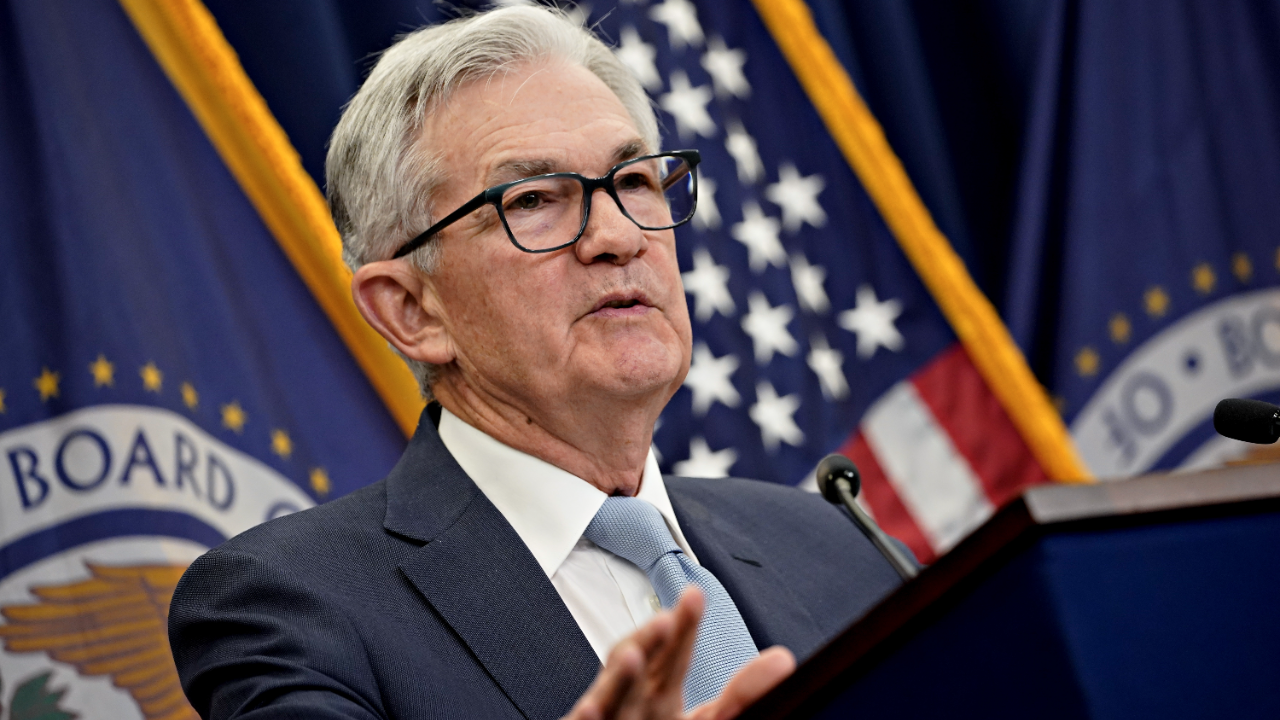
The Bankrate promise
At Bankrate we strive to help you make smarter financial decisions. While we adhere to strict , this post may contain references to products from our partners. Here's an explanation for .
The Federal Reserve on Wednesday raised interest rates by a quarter of a percentage point, the smallest move since March and a major turning point for how the U.S. central bank plans to continue fighting off the hottest price surge in four decades.
Policymakers on the Federal Open Market Committee (FOMC) elected to raise their key benchmark interest rate to a new target range of 4.5-4.75 percent, the highest since 2007. The move is bound to keep lifting interest rates on deposits at banks while also nudging up borrowing costs on key consumer loans, such as home equity lines of credit (HELOCs) and credit cards.
After lifting interest rates last year at the fastest pace since Jimmy Carter was president or Queen’s “Another One Bites The Dust” dominated the music charts, the Fed is now signaling it’s ready to put its massive rate increases on the sidelines and avoid going overboard with rate hikes. Inflation has shown further signs of cooling, wage growth has moderated and consumer spending is losing steam — all signs U.S. central bankers could be satisfied with because they signal that tighter monetary policy is starting to do its job.
Yet, there are still indicators that the economy has maintained some momentum. Employers added 4.5 million jobs in 2022 alone, two times faster than the pre-pandemic pace from 2019, according to the Labor Department. Demand for new workers grew in December, with job openings jumping to 11 million in the month. And even despite the historic series of rate hikes, joblessness dipped to a half-century low of 3.5 percent by the end of 2022.
Fed officials in the months ahead are going to be tasked with figuring out whether these signs of resiliency are good for their inflation fight — or bad. Policymakers have stressed they don’t want to tighten rates so much that economic activity hits a wall, and the labor market’s strength offers signs of hope that they can gradually cool inflation without wrecking their other key economic objective of maximum employment. But tightness in the labor market could lead to even more inflation, and the risk of not doing enough means price pressures could weigh on the economy for longer.
Fed officials are going to have to decide how much of a slowdown they want to see in the labor market and inflation before deciding whether they should pause how much they’re pressing on the brakes. Projections from December put rates in a peak target range of 5-5.25 percent by the end of 2023, suggesting Fed officials could have two more rate hikes left before calling it quits.
Fed officials reiterated in a post-meeting statement that “ongoing increases” to interest rates would be appropriate, signaling those rate moves are still getting the green light.
“If you were hoping for clear signs of an upcoming pause in interest rate hikes, you were left wanting,” says Greg McBride, CFA, Bankrate chief financial analyst. “The benchmark fed funds rate is at 2007 levels and it may not be coming back down nearly as soon as investors seem to think.”
The Fed’s rate hike: What it means for you
Mortgages
After getting caught in the middle of the most abrupt surge in mortgage rates on record last year, would-be homebuyers could soon feel like they’re catching a break — though mortgage rates are unlikely to sink as low as they once were during the coronavirus pandemic.
The average rate on a 30-year fixed mortgage has dropped 70 basis points from its 20-year high of 7.12 percent, and more relief could be coming. Bankrate’s rate forecast for 2023 pencils in a rate of 5.25 percent by the end of the year, suggesting the key home-financing loan could drop another 1.17 percentage points.
The disconnect is due to mortgage rates more closely tracking the 10-year Treasury yield than the Fed’s key interest rate. Investors typically clamor for those low-risk investments when the financial system is expected to be in distress, with the extra demand leading to lower yields.
The rapid increase in mortgage rates has weighed on activity in the housing market, with existing home sales falling last year to their lowest level since 2014, according to the National Association of Realtors. That’s still done little to cure home-buying affordability challenges, with the median sale price still at record highs, U.S. Census Bureau data shows.
A $300,000 mortgage with an annual percentage rate (APR) of 3.76 percent would’ve cost you about $1,112 in principal and interest a year ago, according to Bankrate’s mortgage calculator. Today, that payment would be $1,504.
Borrowers
A slowdown — and eventual halt — in how much the Fed is hiking interest rates will do little to help borrowers, especially with the Fed likely to hold interest rates at that historically high level for longer.
The national average credit card APR hit a record high of 19.04 percent on Nov. 9 and has continued to ratchet higher, most recently topping 19.93 percent on Jan. 25. Bankrate’s rate forecast puts them at even higher 20.5 percent by the time 2023 comes to a close.
HELOCs and home equity loans are also projected to keep rising with every Fed rate hike. Car loans have also surged to 12-year highs, according to McBride.
Consumers can rack up hundreds, if not thousands, of dollars in savings if they can part ways with their costly credit cards. Calculate whether transferring your debt to a balance-transfer card with a 0 percent introductory offer — which usually comes with a fixed fee and lasts anywhere between 12 to 21 months — could save you more money over time. If you have variable-rate debt, meanwhile, consider refinancing into a fixed-rate loan to limit your fragility to higher rates.
Savers
Savers could soon be in a position they might not have had for years: Rates at the top-yielding banks are hitting the highest level in decades, and cooling inflation could soon mean those returns will eclipse the hit to your purchasing power.
The banks ranked for Bankrate’s best high-yield savings accounts as of Jan. 19 were offering an average yield of 3.99 percent, more than 17 times the national average of 0.23 percent. Those banks offer yields as high as 4.35 percent and as low as 3.64 percent. Bankrate’s McBride also sees the highest-yielding offers hitting 5.25 percent by the end of the year. Compare that with Fed officials’ projected 3.1 percent inflation rate for the end of 2023, and savers may soon be even better off.
If you kept a $10,000 deposit in a bank with a 3.99 percent annual percentage yield (APY) for a year, you’d earn $399 versus $23 at the average bank, assuming interest is compounded annually.
“The combination of rising rates and easing inflation is a winner for savers,” McBride says. “The top-yielding, nationally available online savings accounts are earning over 4 percent — and still rising — a rate that looks better every time inflation ticks lower.”
With the U.S. economic outlook uncertain, however, it’s important not to sacrifice liquidity for a higher yield. If you’re relying on your savings to help you weather any unplanned expenses, be sure not to lock that money away in an account that limits withdrawals.
Investors
Investors are celebrating the potential of a dovish Fed in 2023, with new hopes that the U.S. economy may be able to avoid a “hard landing” and U.S. central bankers may raise rates less than initially projected rejuvenating stocks. After posting its worst performance since 2008 last year, the S&P 500 was up nearly 6 percent in January, while financial conditions haven’t been this loose since April 2022.
That could, however, pave the way for a bumpy ride, especially if investors have gotten ahead of themselves on Fed policy. Remember to maintain a well-diversified portfolio and a long-term mindset, avoiding adjusting your investing strategy based on day-to-day volatility. Compared to where equity prices were at the end of 2021, stocks are heavily discounted, presenting savvy investors with significant buying opportunities.
Fed backs ongoing increases, sees ‘more work to do’
Fed Chair Jerome Powell called the recent signs of disinflation “gratifying” at a press conference with reporters, but stressed the Fed’s rate hikes aren’t over yet.
Even as consumer prices cooled from their 9.1 percent peak in June to 6.5 percent in December, Americans are still enduring the biggest dent to their purchasing power in 40 years. Improving supply chains and shortages have led to major slowdown in goods price increases, with used vehicles and gasoline cheaper in December 2022 than they were a year ago.
Yet, housing inflation is continuing to heat up, with rent prices jumping the most on record in the month. Groceries are also climbing at a pace nearly two times as fast as prices overall.
“I continue to think it’s very difficult to manage the risk of doing too little and finding out in six or 12 months that actually we were close, but we didn’t get the job done,” Powell said. “The full effects of our rapid tightening so far are yet to be felt. Even so, we have more work to do.”
In one sign that the Fed may continue to rally behind smaller, quarter-point increases, policymakers in their post-meeting statement said they will be looking at the “extent” of future increases after saying they would be paying attention to the “pace” of those rate hikes at its prior meeting. The Fed also acknowledged that inflation had “eased somewhat,” though remains elevated.
“We can now say for the first time, the disinflationary process has started,” Powell said. “We’re going to be cautious about declaring victory and sending signals that we think the game is won.”
Investors are currently betting that the Fed will raise rates one more time to a target range of 4.75-5 percent before calling it quits — and cutting interest rates as soon as November and December. Powell, however, pushed back against those claims, reiterating that rates are not yet at a sufficiently restrictive level, and once they are, they’ll keep them there for some time.
With job growth barely blinking in the face of higher rates and inflation now cooling, a growing share of economists and market participants are starting to bet on increased odds of a soft landing. The International Monetary Fund upgraded its global growth forecasts for 2023 and 2024.
Even with the chances growing, it might not be the most likely scenario. A Bankrate survey of economists put the odds of a recession in 2023 at 64 percent. The path for policy depends on what happens with inflation. Powell said the Fed would adjust policy if inflation comes in lower than expected, but he also said the Fed is prepared to fight back if inflation heats up even more.
“Investors appear willing to fight the Fed – one of the many aphorisms on Wall Street that seasoned traders usually heed – and they do so at their own peril,” says Chris Zaccarelli, chief investment officer for Independent Advisor Alliance. “This economy is much stronger than almost everyone believed, and it is going to cause the Fed to overshoot on tightening, which will ultimately prove an even bigger risk to markets down the road.”
Related Articles
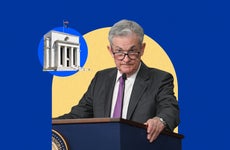
Will stubborn inflation force the Fed to raise interest rates again?
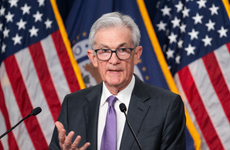
Fed keeps interest rates at 23-year high, delaying cuts as inflation progress stalls
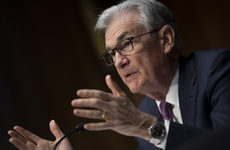
Fed keeps interest rates at zero, signals upcoming rate hike
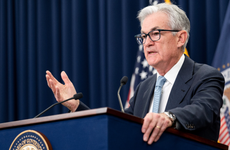
Fed raises interest rates by quarter point and opens door to pausing increases